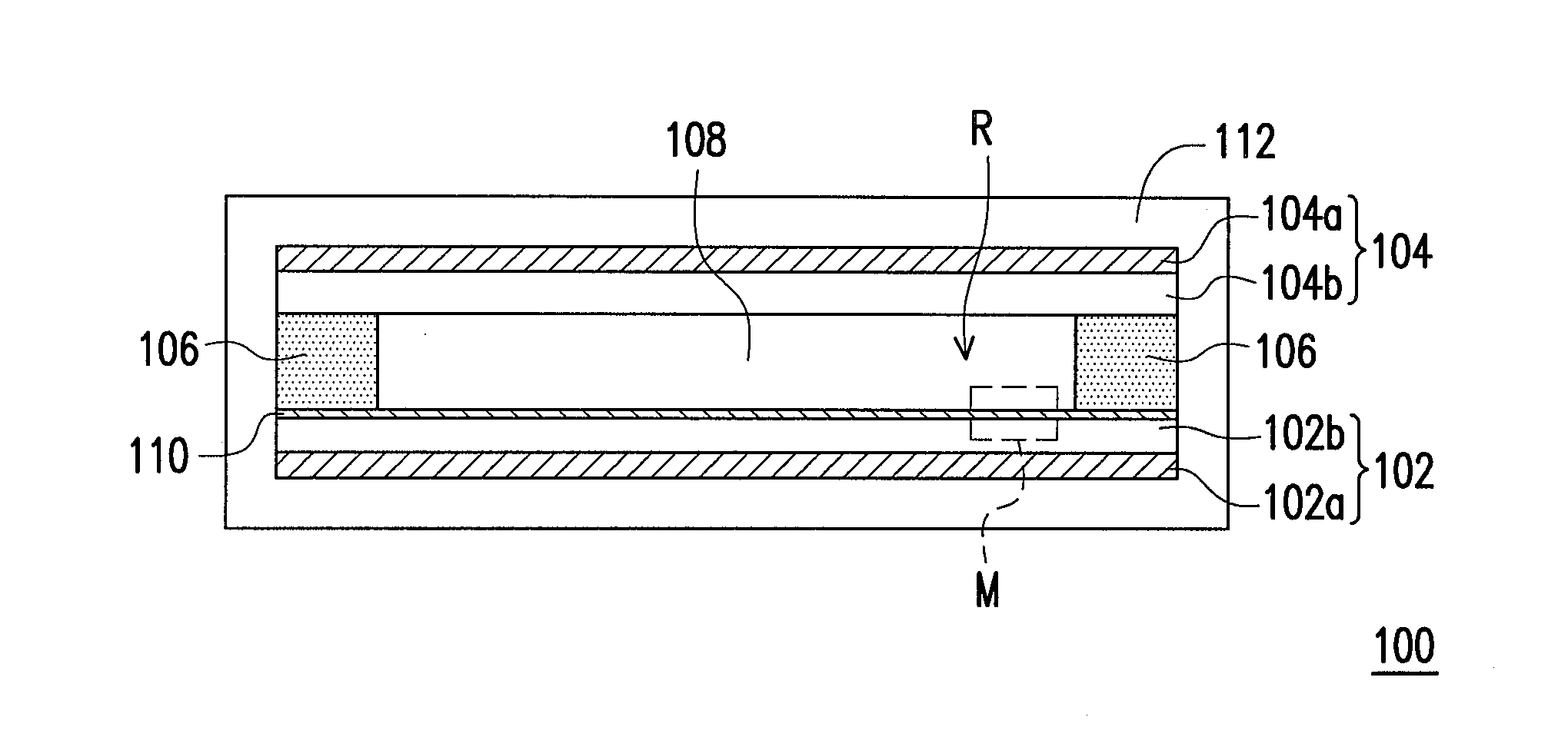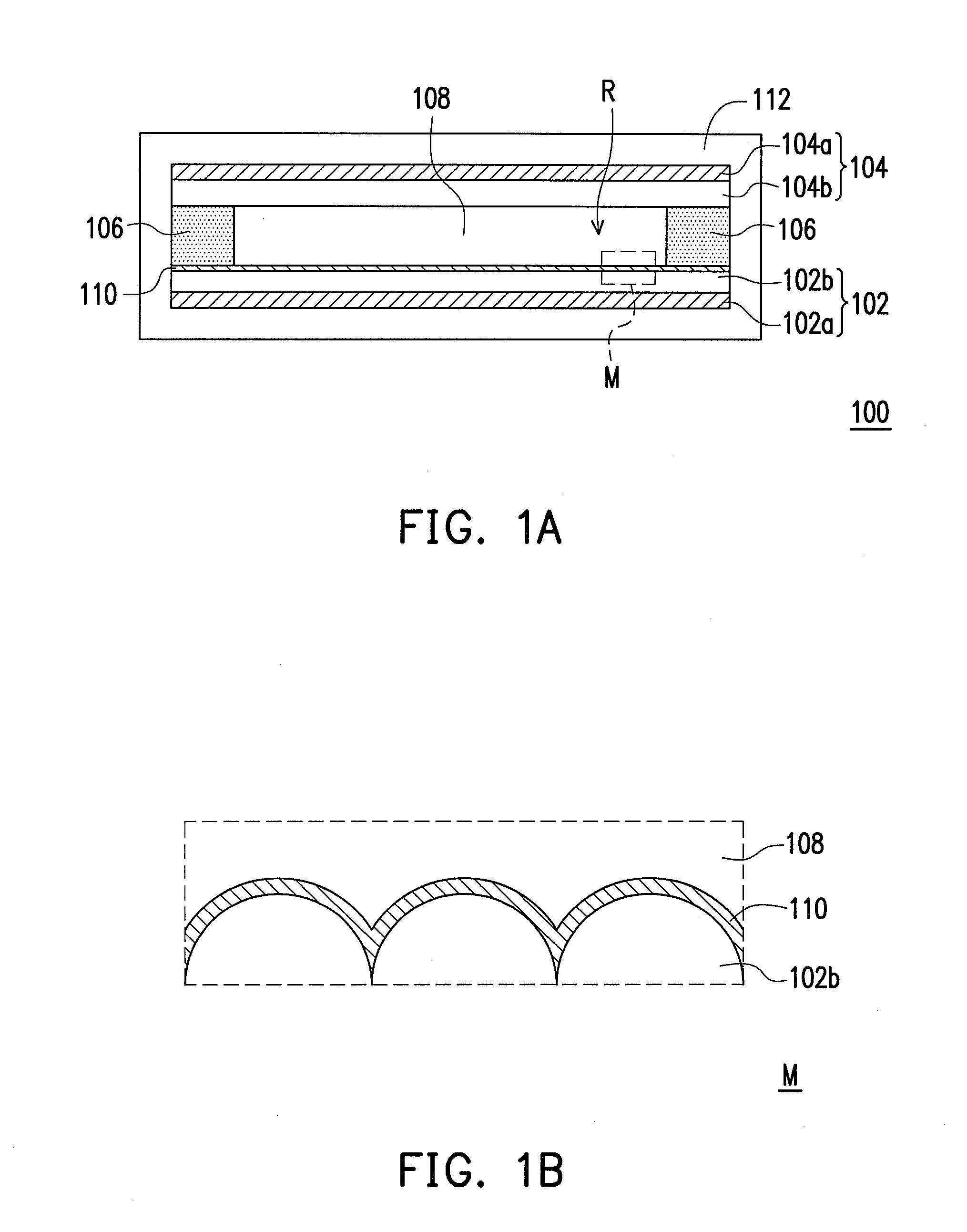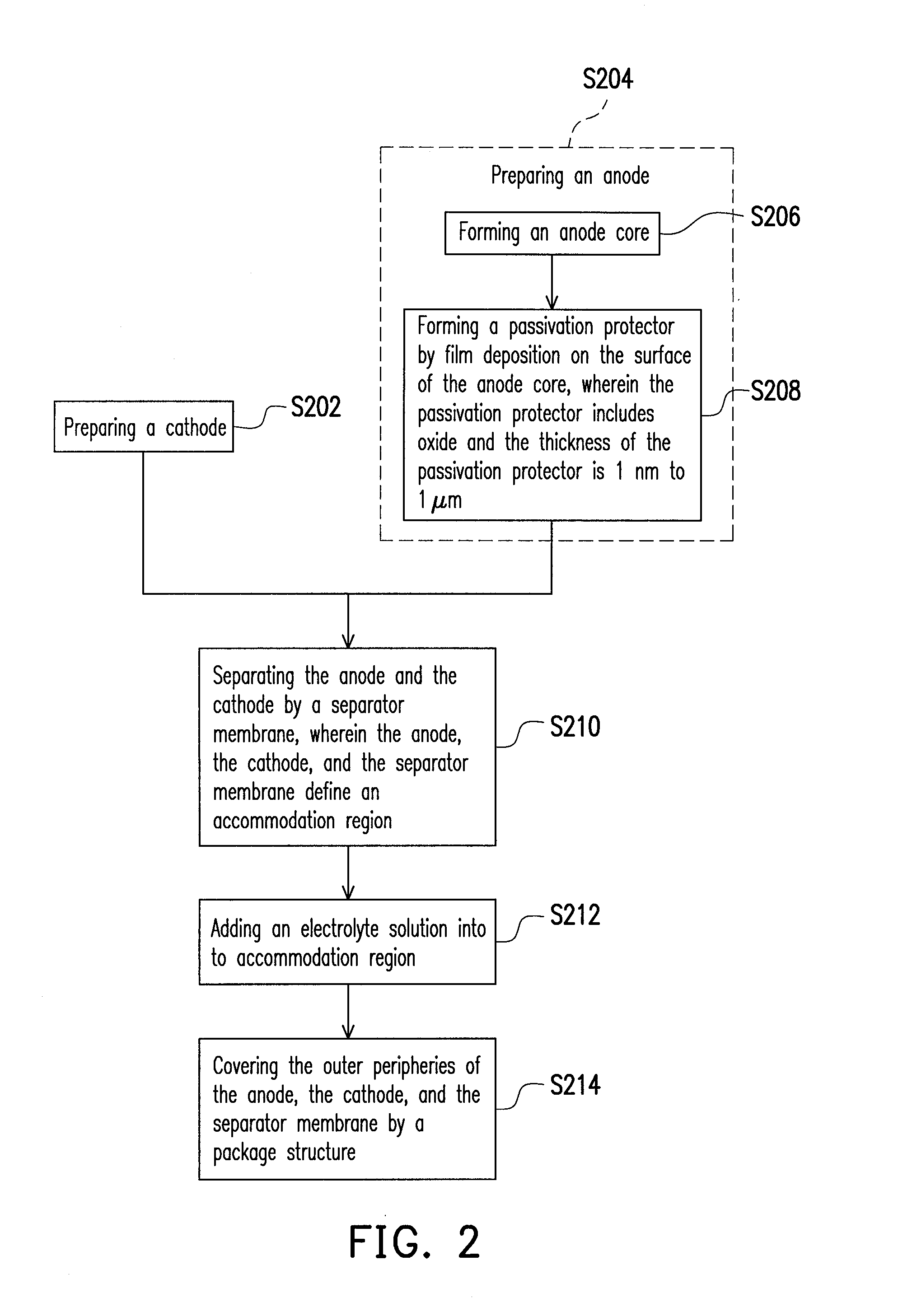Anode protector of lithium-ion battery and method for fabricating the same
- Summary
- Abstract
- Description
- Claims
- Application Information
AI Technical Summary
Benefits of technology
Problems solved by technology
Method used
Image
Examples
experimental example 1
[0050]A lithium foil cut into a proper shape was placed on an aluminium foil or stainless steel sheet so as to form an cathode core. For example, LiCoO2 is the cathode core of the lithium cobaltate-graphite full cell.
[0051]91 parts by weight of meso carbon micro beads (MCMB, artificial graphite), 6 parts by weight of PVDF, and 5 parts by weight of acetylene black were dispersed in N-methyl-2-pyrrolidinone (NMP). The slurry was coated on a copper foil, and then dried, compressed, and cut to form the anode core. The anode core was placed steadily in an environment with high humidity (e.g. the relative humidity >95%) for 24 hours so that the surface of the core was adsorbed with a sufficient amount of hydroxyl group. Next, the anode core was placed into the chamber of the ALD apparatus, which was then closed. The temperature of the chamber was controlled at 120° C., and the following steps were carried out in sequence: (1) a precursor (i.e. trimethyl aluminium) of a metal oxide carried...
experimental example 2
[0055]The lithium-ion battery of Experimental Example 2 was fabricated similarly to the Experimental Example 1 except that the precursor of the metal oxide carried into the chamber of the ALD apparatus by argon was replaced by tetra isopropyl titanate, and the passivation protector formed on the surface of the anode was TiO2. The steps of treating the surface of the anode by ALD, the fabrication of the electrode, and the solvent, the type of the lithium salt, and the concentration of the electrolyte solution of Experimental Example 2 were identical to those of Experimental Example 1. The test of charge and discharge was carried out at high temperature of about 55° C.
experimental example 3
[0056]The lithium-ion battery of Experimental Example 3 was fabricated similarly to the Experimental Example 1 except that the precursor of the metal oxide carried into the chamber of the ALD apparatus by argon was replaced by tetra isopropyl hafnate, and the passivation protector formed on the surface of the anode was HfO2. The steps of treating the surface of the anode by ALD, the fabrication of the electrode, and the solvent, the type of the lithium salt, and the concentration of the electrolyte solution of Experimental Example 3 were identical to those of Experimental Example 1. The test of charge and discharge was carried out at high temperature of about 55° C.
PUM
| Property | Measurement | Unit |
|---|---|---|
| Temperature | aaaaa | aaaaa |
| Length | aaaaa | aaaaa |
| Thickness | aaaaa | aaaaa |
Abstract
Description
Claims
Application Information
 Login to View More
Login to View More - R&D
- Intellectual Property
- Life Sciences
- Materials
- Tech Scout
- Unparalleled Data Quality
- Higher Quality Content
- 60% Fewer Hallucinations
Browse by: Latest US Patents, China's latest patents, Technical Efficacy Thesaurus, Application Domain, Technology Topic, Popular Technical Reports.
© 2025 PatSnap. All rights reserved.Legal|Privacy policy|Modern Slavery Act Transparency Statement|Sitemap|About US| Contact US: help@patsnap.com



